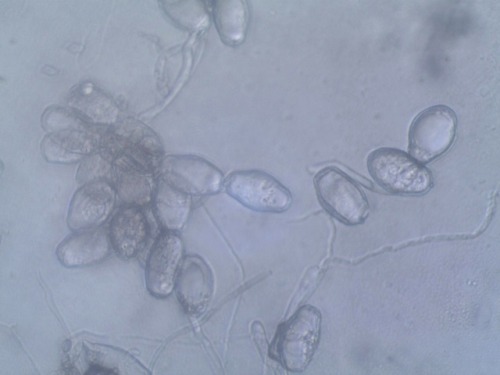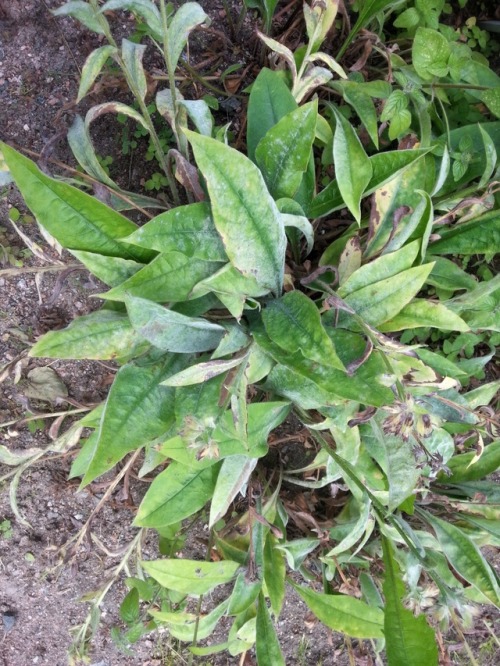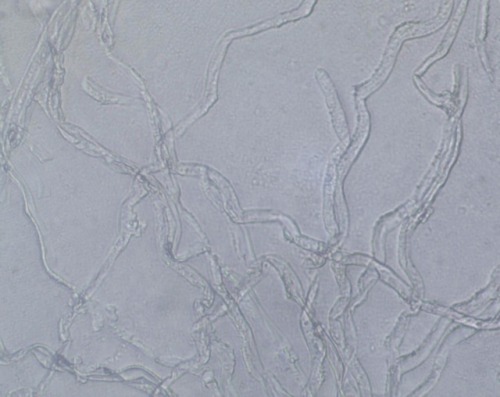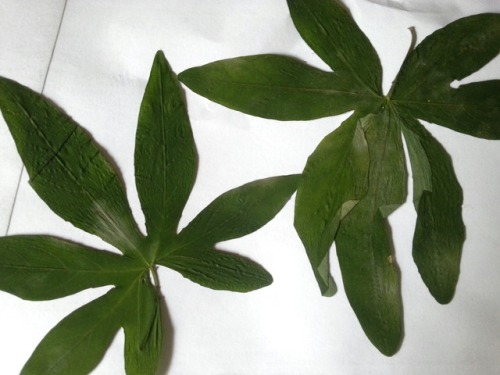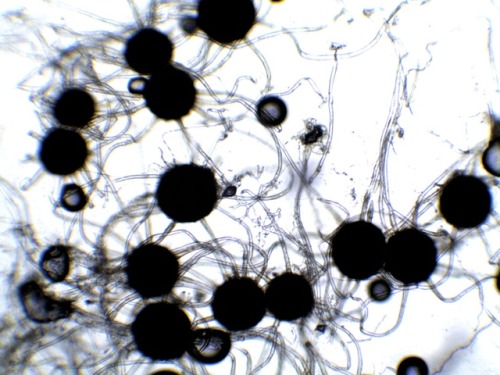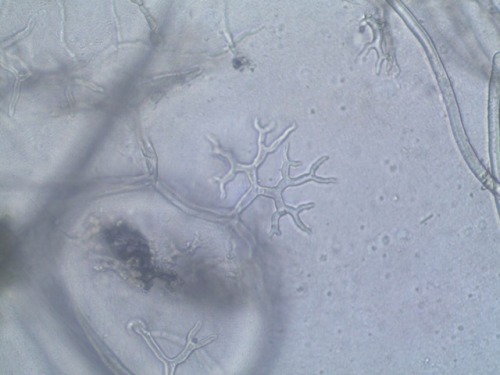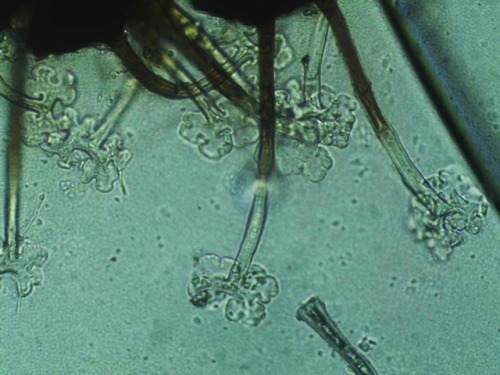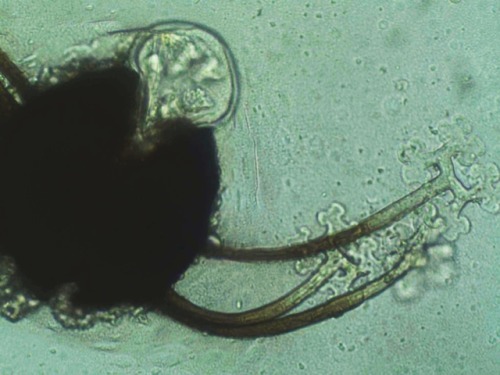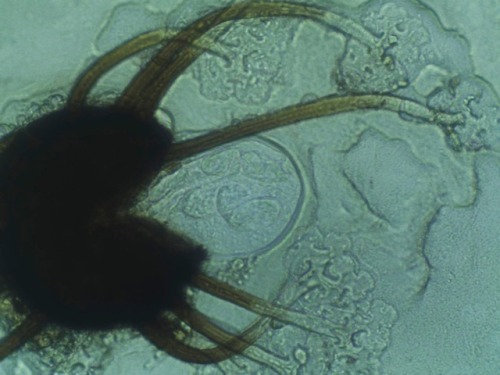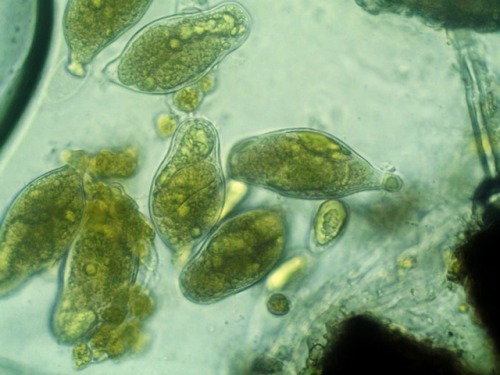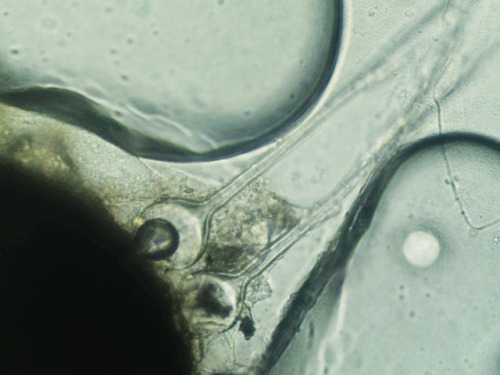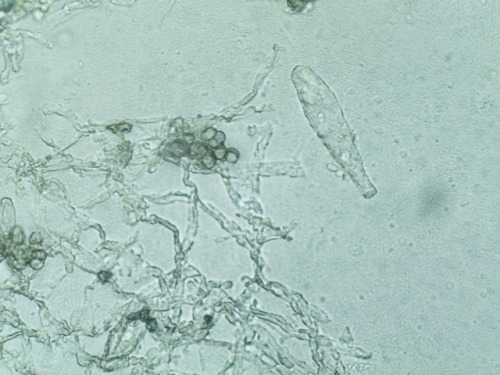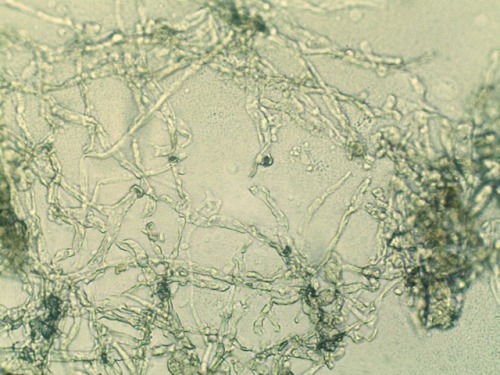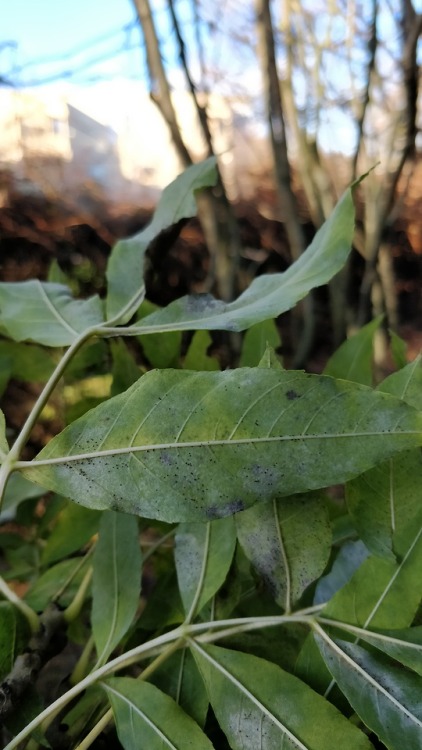#powdery mildew


My begonia Sinbad is coming back!
I’ve grown this begonia since 2020. She grew so tall and bushy, I was super proud! But last year she was affected by powdery mildew, which is a horrible fungus disease that spreads really fast.
I treated her with strong neem oil and cut her down several times, but the mildew kept coming back. So after several times, I decided to cut all of the branches down, like super hardcore.
After a few months of just watering enough and being in observation in my ER room, she is coming back. Fingers crossed that the mildew won’t come back


Germinating conidiospores of the fungus Golovinomyces cynoglossi (Erysiphales) on lungwort (Pulmonaria montana).
Post link
My workmate brought me these diseased Passiflora caerulea -leaf samples. The fungus causing the powdery mildew symptoms was identified as Pseudoidium passiflorae fungus. That is the anamorph (asexual stage) of the Erysiphe sp. fungus, producing single conidia on the conidiophores that rises from the mycelium. The multilobed appressoria are also seen in the pictures.
Post link
Erysiphe symphoricarpi -powdery mildew fungus infecting western snowberry (Symphoricarpos occidentalis). Chasmothecia were densely clustered on the leaves. The appendages of the chasmothecia are clearly dichotomously branched, tips not recurved.
Post link
Powdery mildew (Podosphaera amelanchieris on Amelanchier lamarckii) chasmothecia with dichotomous appendages.
Post link



